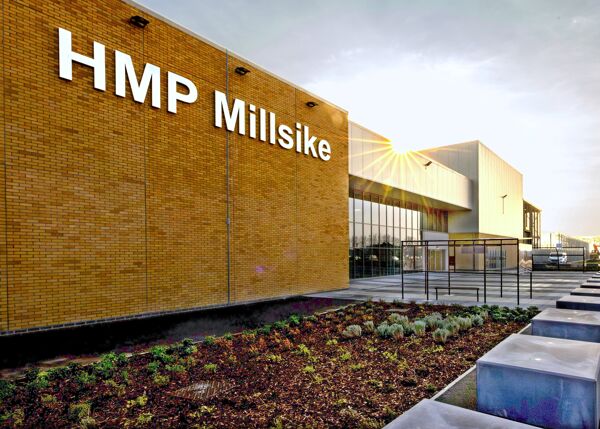
A strategic 330m long high-voltage electricity cable tunnel has been successfully delivered in central London using NEC contracts. The 2.44m internal diameter tunnel project included a complex underground connection to an existing power tunnel containing 132kV cables, which had to remain live throughout the works. The project won the Best Infrastructure Project at the 2018 Institution of Civil Engineers London Civil Engineering Awards.
The spur tunnel was part of a £42 million project by UK Power Networks to provide a major new 11kV substation to supply the Battersea and Nine Elms development area on the south bank of the River Thames. This includes the £9 billion Battersea Power Station redevelopment, home to Apple’s new London campus from 2021, plus the £1.2 billion Northern line underground railway extension and over 20,000 new homes.
The substation project was carried out under UK Power Networks’ £1 billion, seven-year Ed1son Alliance launched in 2015. Delivery member Clancy Docwra let the cable tunnel design to COWI under an NEC3 Professional Services Contract (PSC) and the tunnelling work to Joseph Gallagher Ltd under a £6.7 million NEC3 Engineering and Construction Contract (ECC) Option A (priced contract with activity schedule) in 2016. Gallagher subsequently engaged COWI under a separate PSC to provide permanent and temporary works design and monitoring.
Challenging Project
The cable tunnel works involved sinking a 7.5m diameter, 30m deep shaft from within a converted warehouse at the substation site. The upper section was lined with pre-cast concrete segments while the lower section and launch tunnel used sprayed concrete.
The open-face tunnelling shield then excavated the 330m long curved tunnel in clay using trapezoidal precast concrete segments fitted with waterproofing gaskets, passing under several live railway lines as it progressed.
At the end of the tunnel, a mass concrete 9m by 6m by 6m junction chamber was carefully created around the existing unbolted, wedge-block lined, 2.95m diameter power tunnel using hand-mined timber-lined headings. The chamber was directly beneath a 1.6m diameter brick sewer and various other sewers and water mains.
Through reinforcing existing assets and careful sequencing and monitoring, the junction was safely and successfully completed in 2017 on programme and within budget – and without disruption to any existing services. The cable tunnel fit-out and substation works are scheduled for completion in the first quarter of 2020.
Track Record
According to James Belcher, senior project manager at the Ed1son Alliance, ‘We chose to use NEC contracts for the challenging cable tunnel project because they have already been successfully used by UK Power Networks to deliver a large number of capital projects. NEC’s best-practice approach aligns with the company’s vision and values to be a respected corporate citizen, sustainably cost-effective and an employer of choice.’
He says NEC3 is a proven suite of contracts which is used throughout the utility, oil and gas sectors. ‘Our supply chain is familiar with the NEC3 suite and its ethos of improving ways of working, reducing duration though improved planning and methods of working, and reducing cost while improving safety. The contracts promote best practice and encourage people to work in a collaborative, open environment. They are also in plain English, logical and programme-based.’
Belcher says the NEC early warning process was used frequently on the cable tunnel project to mitigate risks and delays, particularly in relation to mining the junction chamber around the existing power tunnel and under existing assets.
‘For example, to allow the miners more space to work and reduce the number of concrete pours, COWI and Joseph Gallagher agreed at an NEC risk mitigation meeting to use sacrificial steel supports under the existing tunnel as an alternative to small headings. Comprehensive settlement monitoring within the existing tunnel, existing sewer and above ground provided the necessary assurance for this change of method.’
Benefits of Using NEC
- NEC provides the flexibility to drive collaborative working and encourage innovation to maximise project programme and cost opportunities for both the employer and contractor.
- NEC early warning and compensation event process allow risk and change to be managed effectively and in a timely manner.
- NEC requirement for a continually agreed programme provides ‘one source of truth’ for financial planning and technical sign off.




